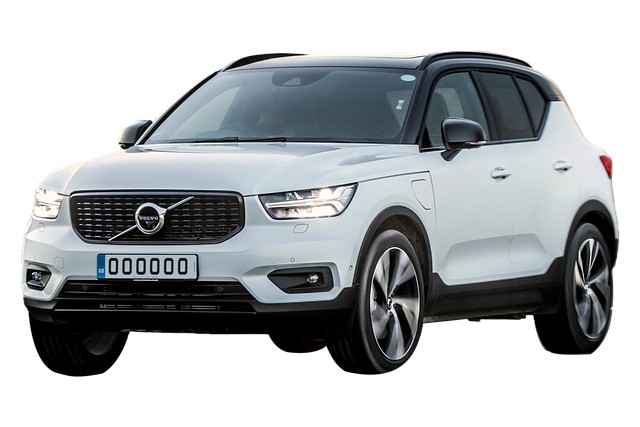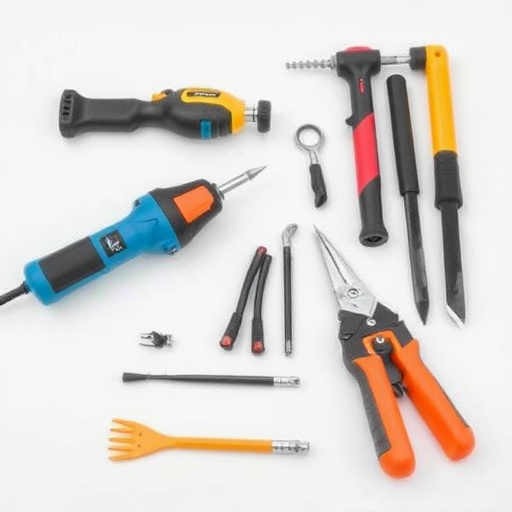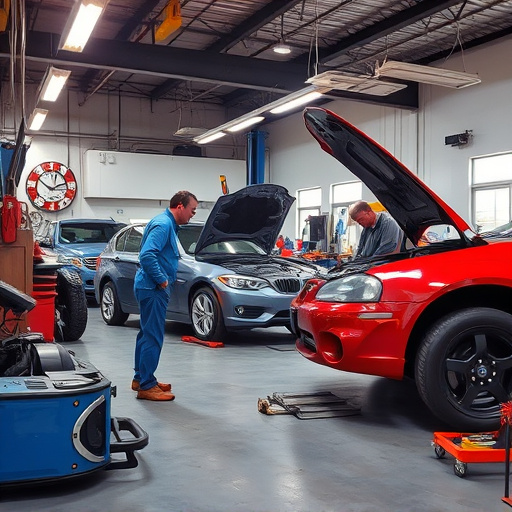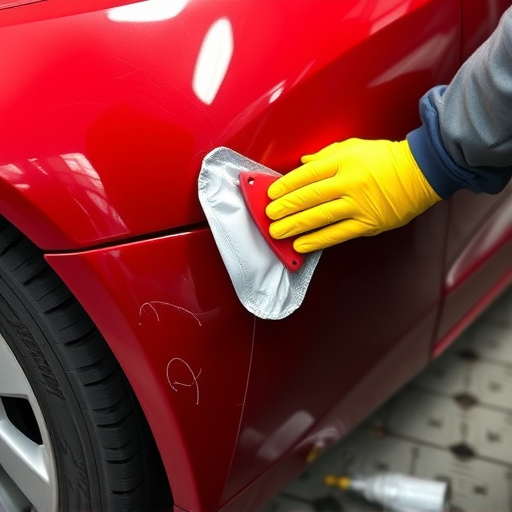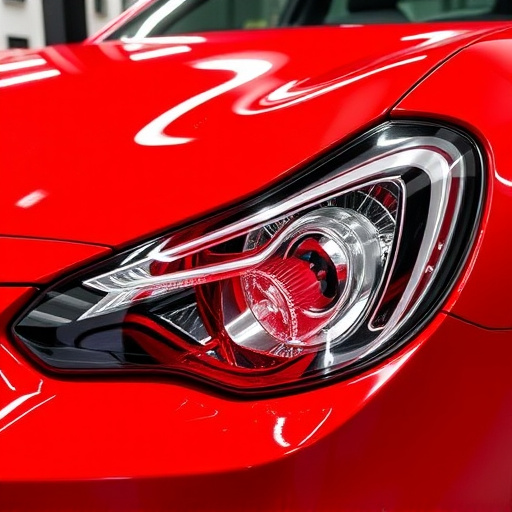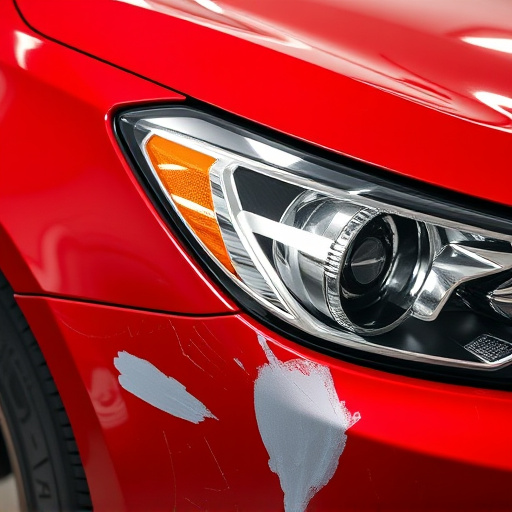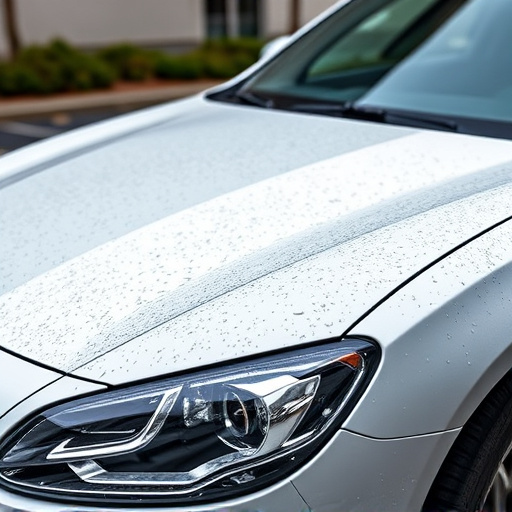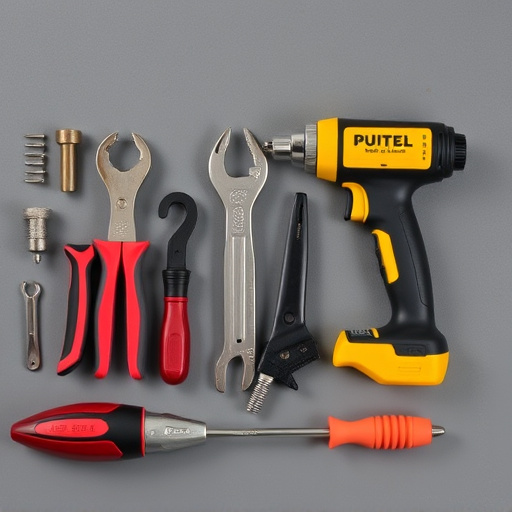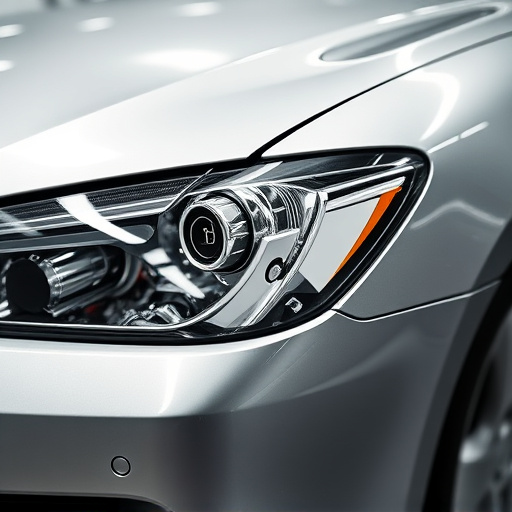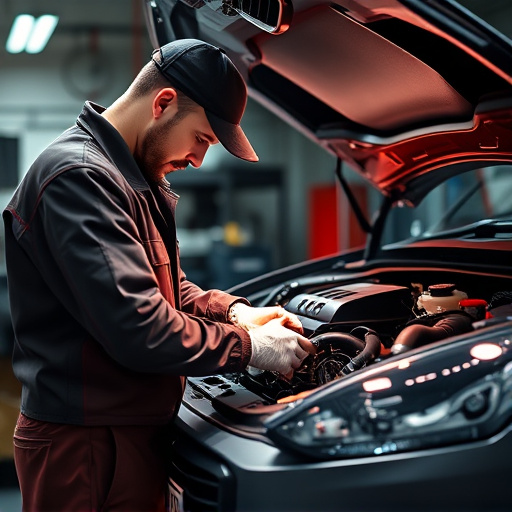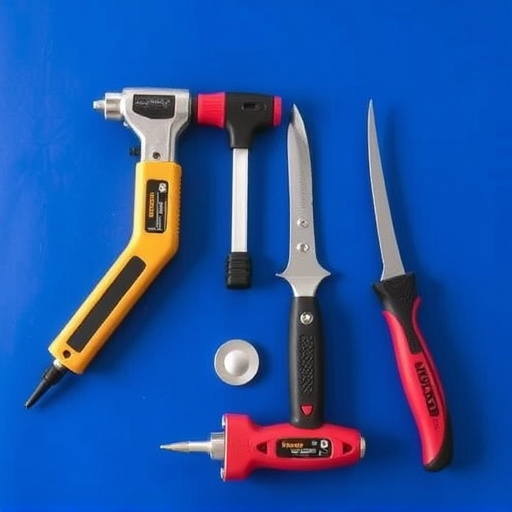Category: Tesla glass replacement
Tesla Glass Replacement: Revolutionizing Automotive Safety and Design
Introduction
Welcome to an in-depth exploration of a groundbreaking aspect of modern automotive engineering: Tesla glass replacement. As electric vehicle (EV) technology continues to transform the automotive industry, the focus on safety, sustainability, and innovation has never been more critical. This article aims to dissect the concept of Tesla glass replacement, its components, impact, and the various factors influencing its development. By delving into this topic, we will uncover how advanced glass technologies are reshaping the driving experience, enhancing vehicle performance, and contributing to a greener future.
Understanding Tesla Glass Replacement
Definition and Core Components
Tesla glass replacement refers to the process of installing high-performance, specialized glass in vehicles, particularly electric cars produced by Tesla, Inc. This cutting-edge technology goes beyond conventional automotive glass, incorporating advanced materials, engineering, and design principles to offer enhanced safety, improved aesthetics, and better energy efficiency. The key components include:
- High-Strength Glass: This type of glass is engineered to be significantly stronger than traditional auto glass, resisting breakage and cracks even under extreme conditions.
- Laminated Structure: Multiple layers of glass and interlayers are bonded together to create a strong, safety-rated structure that absorbs impact energy during accidents.
- Tinting and Coating: Specialized tinting reduces heat buildup and UV radiation within the vehicle, enhancing passenger comfort. Coatings can also improve clarity, reduce glare, and enhance scratch resistance.
- Advanced Sealing: A precise sealing process ensures a tight fit between the glass and the vehicle’s body structure, preventing water intrusion and improving overall structural integrity.
Historical Context and Significance
The concept of Tesla glass replacement is rooted in the evolution of automotive safety standards and the rise of electric vehicles. Over time, as vehicles became faster and more powerful, so did the need for advanced safety features. Traditional auto glass was found to be vulnerable to shattering under high impact, leading to serious injuries. This prompted researchers and manufacturers to develop stronger, more durable alternatives.
Tesla, being at the forefront of EV innovation, recognized this gap in the market and set out to create a safer, more efficient glass solution for its vehicles. The company’s dedication to sustainability also played a role, as replacing traditional glass with lighter, more energy-efficient alternatives contributes to overall vehicle weight reduction and improved range.
Global Impact and Trends
International Influence
Tesla glass replacement has left an indelible mark on the global automotive industry, inspiring manufacturers worldwide to adopt similar technologies in their vehicles. The trend towards electrification, coupled with heightened safety awareness, has driven demand for advanced glass solutions. Many countries have implemented stricter safety regulations, pushing automakers to incorporate high-performance glass as a standard feature.
Regional Trends
- North America: The United States and Canada have been early adopters of Tesla glass replacement, with strict safety standards encouraging the use of advanced materials. Automakers like Ford and General Motors have incorporated similar technologies in their EV models.
- Europe: European countries, known for their stringent environmental and safety regulations, have embraced Tesla glass replacement. Germany, a hub for automotive innovation, has led the way in developing high-quality laminates for vehicle applications.
- Asia-Pacific: Countries like Japan and South Korea are renowned for their technological advancements in automotive glass. They have made significant contributions to the development of lightweight, high-performance glass, further pushing the boundaries of Tesla glass replacement.
Economic Considerations
Market Dynamics
The global market for Tesla glass replacement is experiencing substantial growth due to the increasing adoption of electric vehicles and the rising demand for safer, more efficient automotive solutions. According to a recent report by Grand View Research, the global automotive glass market size was valued at USD 57.2 billion in 2021 and is expected to grow at a compound annual growth rate (CAGR) of 6.8% from 2022 to 2030. Within this market, the segment for advanced safety glass is projected to witness significant gains.
Investment Patterns
Major automotive manufacturers have invested heavily in research and development (R&D) to create cutting-edge glass technologies. Tesla, as a pioneer, has led the way with its proprietary glass manufacturing processes and materials. Other companies are now collaborating with technology providers to develop and commercialize advanced glass solutions, fostering innovation and competition in the market.
Economic Impact
The economic implications of Tesla glass replacement are far-reaching:
- Cost Savings: While the initial investment in advanced glass technologies may be high, long-term cost savings can be realized through reduced repair and replacement costs due to its enhanced durability.
- Weight Reduction: Lighter glass materials contribute to overall vehicle weight reduction, improving fuel efficiency and range, which is crucial for EV manufacturers aiming to meet stringent emission standards.
- Job Creation: The development and manufacturing of advanced glass require specialized skills, leading to job creation in research, engineering, and production sectors.
Technological Advancements
Innovations in Glass Technology
The field of Tesla glass replacement has witnessed remarkable technological advancements:
| Advancement | Description | Impact |
|---|---|---|
| Nanocomposite Materials | Incorporating nanoparticles into glass to enhance strength and durability. | Increases impact resistance, reduces weight, and improves thermal properties. |
| Smart Glass Technologies | Developing glass that can change its opacity or reflectivity in response to external stimuli. | Offers enhanced privacy, improved climate control inside vehicles, and potential energy savings. |
| Self-Healing Coatings | Applying coatings that repair tiny cracks on the glass surface, maintaining clarity and structural integrity. | Prolongs the life of the glass, reduces maintenance needs, and enhances safety. |
| 3D Printing of Glass | Using 3D printing to create intricate, custom glass components. | Enables complex designs, improves manufacturing efficiency, and allows for faster prototyping. |
Impact on Vehicle Performance and Efficiency
- Enhanced Safety: Advanced glass technologies provide better crash protection by dissipating impact energy and reducing the risk of injuries.
- Improved Range: Lighter vehicle structures, made possible by using advanced glass, contribute to extended battery life and improved driving ranges for EVs.
- Energy Efficiency: Specific coatings on glass can reduce heat transfer, helping maintain a comfortable interior temperature and lowering energy consumption.
- Enhanced Driving Experience: Better visibility and reduced glare from high-quality glass improve driver awareness and overall driving pleasure.
Policy and Regulation
Governing Bodies and Standards
The development of Tesla glass replacement is significantly influenced by various global regulatory bodies and standards organizations:
- International Organization for Standardization (ISO): ISO sets international standards for automotive safety glass, ensuring consistency in quality and performance across different regions.
- National Highway Traffic Safety Administration (NHTSA) and European New Car Assessment Program (Euro NCAP): These agencies conduct crash tests and set minimum safety requirements for vehicles sold in their respective regions.
- Environmental Protection Agency (EPA) and European Union (EU): Regulations focusing on reducing vehicle emissions and improving energy efficiency indirectly impact the choice of materials, including glass, used in automotive construction.
Impact on Development and Adoption
Regulatory bodies play a crucial role in driving the adoption of Tesla glass replacement by setting safety standards that manufacturers must meet. For instance:
- Strict crash test requirements have spurred the development of stronger, more durable glass to protect occupants during accidents.
- Emission reduction targets have encouraged automakers to explore lightweight materials like advanced glass to achieve better fuel efficiency.
- Government incentives and subsidies for eco-friendly technologies can accelerate the transition towards using Tesla glass replacement in vehicles.
Challenges and Criticisms
Overcoming Technical Hurdles
Despite its numerous benefits, Tesla glass replacement faces several technical challenges:
- Cost: High initial production costs can be a barrier to entry, especially for smaller manufacturers. However, as technology matures and economies of scale come into play, costs are expected to decrease.
- Consistency in Quality: Ensuring uniform quality across large-scale production is challenging but crucial for maintaining safety standards. Advanced manufacturing techniques and quality control measures address this issue.
- Longevity: While advanced glass is durable, testing and validating its performance over extended periods is essential to build consumer trust.
Addressing Criticisms and Finding Solutions
Criticisms of Tesla glass replacement include:
- Potential Fragility in Extreme Conditions: Despite improvements, some critics argue that specialized glass may still be susceptible to shattering in extreme weather or high-speed accidents. Research into impact resistance and testing under various conditions is ongoing.
- Environmental Impact of Production: The manufacturing process for advanced glass involves complex chemical treatments and high temperatures, raising environmental concerns. Developers are exploring more sustainable production methods and recycling options.
Strategies to Overcome Challenges:
- Partnerships: Collaborating between automakers, glass manufacturers, and technology providers can share resources, expertise, and risks, fostering innovation and driving down costs.
- Research and Development Incentives: Governments can play a pivotal role by offering subsidies or tax benefits for R&D in advanced materials, encouraging the industry to address technical hurdles.
- Standardization: Establishing clear standards and guidelines for testing and certifying Tesla glass replacement ensures quality and performance, building consumer confidence.
Case Studies: Successful Applications
Case Study 1: Tesla Model S and Advanced Safety Glass
Tesla’s flagship sedan, the Model S, is renowned for its cutting-edge technology, including advanced safety features. The vehicle incorporates a unique laminating process to create ultra-strong glass for its panoramic sunroof and side windows. This design not only enhances passenger comfort but also provides exceptional structural integrity. Independent tests have shown that the Model S’s glass structures can withstand forces far exceeding standard crash test requirements, demonstrating superior safety.
Case Study 2: Volkswagen ID.4 and Energy-Efficient Glass
Volkswagen’s electric SUV, the ID.4, features innovative energy-efficient glass technology. The vehicle is equipped with tinting that reduces heat absorption, contributing to a more comfortable interior and improved range. This case highlights how Tesla glass replacement can enhance the overall driving experience while optimizing energy consumption.
Case Study 3: BMW i3 and Lightweight Design
The BMW i3, an electric city car, showcases the use of advanced glass in lightweight vehicle construction. The vehicle’s side doors incorporate thin yet robust glass panels, reducing weight without compromising safety or visual appeal. This application demonstrates how Tesla glass replacement can contribute to achieving stringent emission standards while maintaining a sustainable focus.
Future Prospects
Emerging Trends and Growth Areas
The future of Tesla glass replacement is brimming with exciting possibilities:
- Smart Glass Integration: The integration of smart glass technologies will continue to grow, offering enhanced privacy, climate control, and potential driver assistance features.
- Customization: Customers will have more options for personalized glass designs, including unique patterns and colors, while still adhering to safety standards.
- Sustainable Focus: As environmental concerns persist, developers will explore eco-friendly production methods, recycled materials, and innovative recycling techniques for end-of-life glass products.
Potential Strategic Considerations:
- Collaboration and Partnerships: The industry will likely see increased collaboration between automakers, glass manufacturers, and technology startups to drive innovation and stay ahead of market trends.
- Global Standardization: Working towards globally accepted standards for testing and certifying advanced glass technologies can facilitate wider adoption and ensure safety across different markets.
- Digitalization: Leveraging digital tools for design, simulation, and manufacturing processes will enable faster development cycles and more efficient production.
Conclusion
Tesla glass replacement has emerged as a transformative technology in the automotive industry, offering enhanced safety, improved aesthetics, and better energy efficiency. Its global impact is evident through widespread adoption and ongoing innovation. As the electric vehicle market continues to expand, Tesla glass replacement will play an increasingly critical role in shaping the future of sustainable and safe transportation. By addressing challenges, embracing new technologies, and collaborating across industries, the potential for this advanced glass technology to revolutionize driving is boundless.
FAQ Section
Q: How does Tesla glass replacement differ from conventional auto glass?
A: Tesla glass replacement uses specialized materials, construction techniques, and coatings to offer superior strength, durability, and performance in terms of safety and energy efficiency compared to traditional glass.
Q: Are there any environmental concerns associated with producing advanced glass?
A: While the manufacturing process can be complex and energy-intensive, researchers are actively working on developing more sustainable production methods, recycling techniques, and eco-friendly materials to minimize environmental impact.
Q: Can Tesla glass replacement improve vehicle range for electric cars?
A: Absolutely! Lighter vehicle structures achieved through using advanced glass contribute to a reduction in overall vehicle weight, which can lead to improved driving range for electric vehicles.
Q: How do smart glass technologies benefit drivers?
A: Smart glass can dynamically adjust its opacity and reflectivity, providing enhanced privacy inside the vehicle. It also has the potential to offer driver assistance features by controlling glare and improving visibility under various lighting conditions.
Q: What role does regulation play in the development of Tesla glass replacement?
A: Regulatory bodies set safety standards and emissions regulations that manufacturers must meet, driving innovation towards safer, more efficient glass technologies. These standards ensure consistency in quality and performance across different vehicle models.
Scheduling Tesla Glass Replacement Effortlessly via App
Mastering Tesla Glass Replacement: Step-by-Step Guide
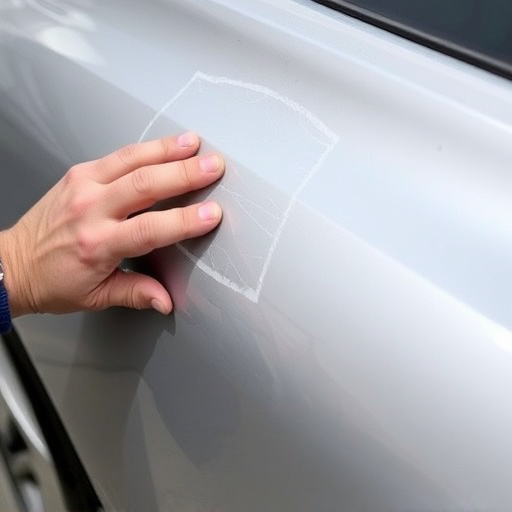
Tesla glass replacement, especially for windshields, requires a meticulous approach. It starts with…….
Protect Your Tesla Windows in Cold Weather: Tips for Replacement Glass
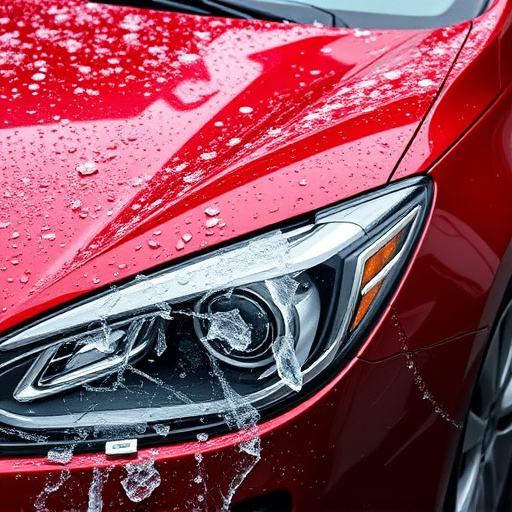
When replacing Tesla glass in cold weather, opt for thermal insulation glass with advanced coatings…….
Specialized Tesla Glass Replacement: Advanced Skills & Technology
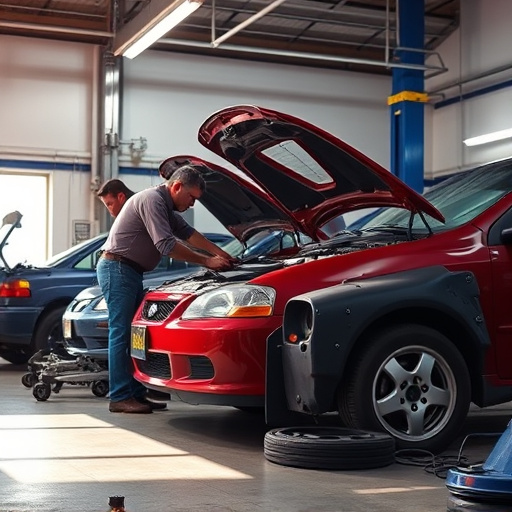
Tesla glass replacement is a specialized service due to the unique design and materials in Tesla veh…….
Mastering Tesla Glass Replacement: Safety & Quality Tips
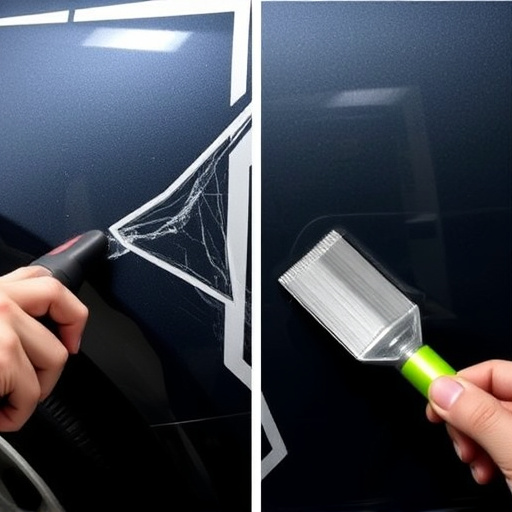
Tesla glass replacement requires precision and adherence to guidelines, with assessments determining…….
Tesla Glass Replacement & Autopilot’s Safety Impact on Owners
Tesla Glass vs Standard: Durability & Cost Comparison
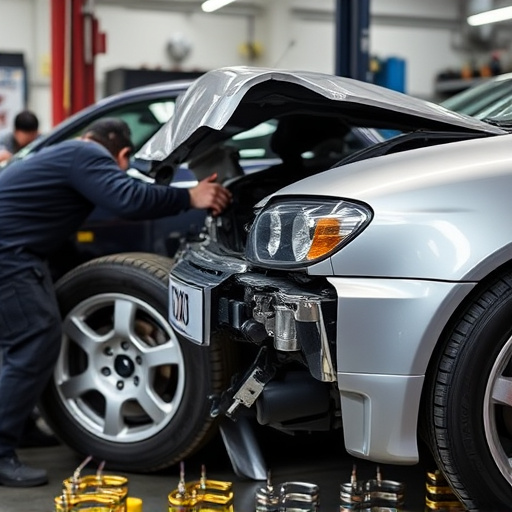
Tesla glass replacement requires specialized knowledge and genuine parts to maintain safety and bran…….
Tesla Glass Replacement: Fixing Cracked Sunroofs Effortlessly
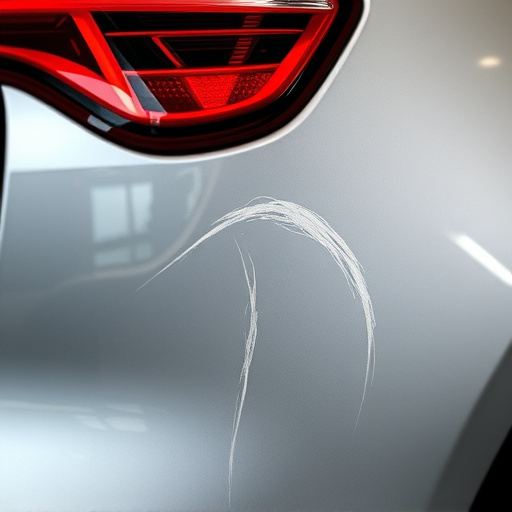
Tesla sunroof cracks due to thermal expansion, extreme weather, accidents, and damaged seals, impact…….
Mastering Tesla Glass Replacement: Step-by-Step Guide
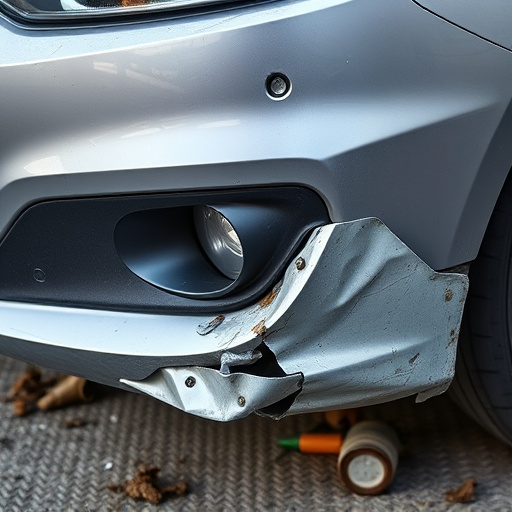
Tesla glass replacement is a specialized process requiring knowledge of vehicle structure and unique…….
